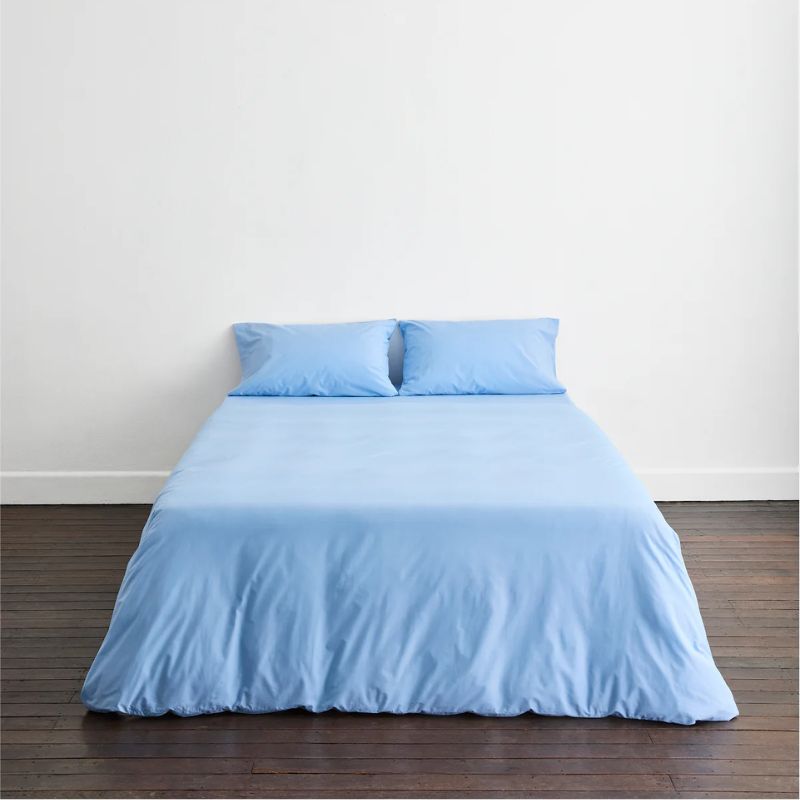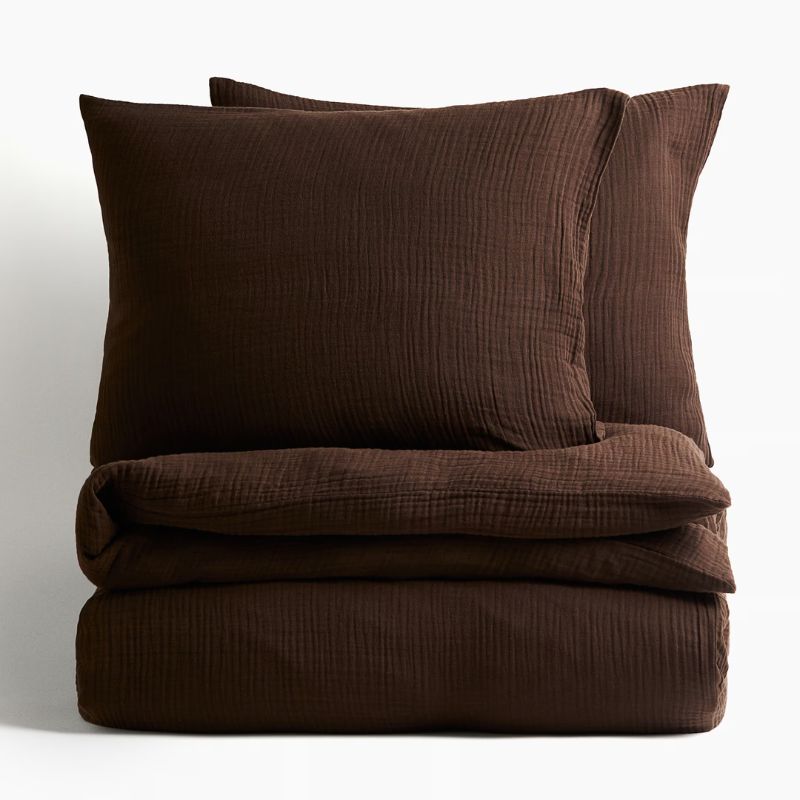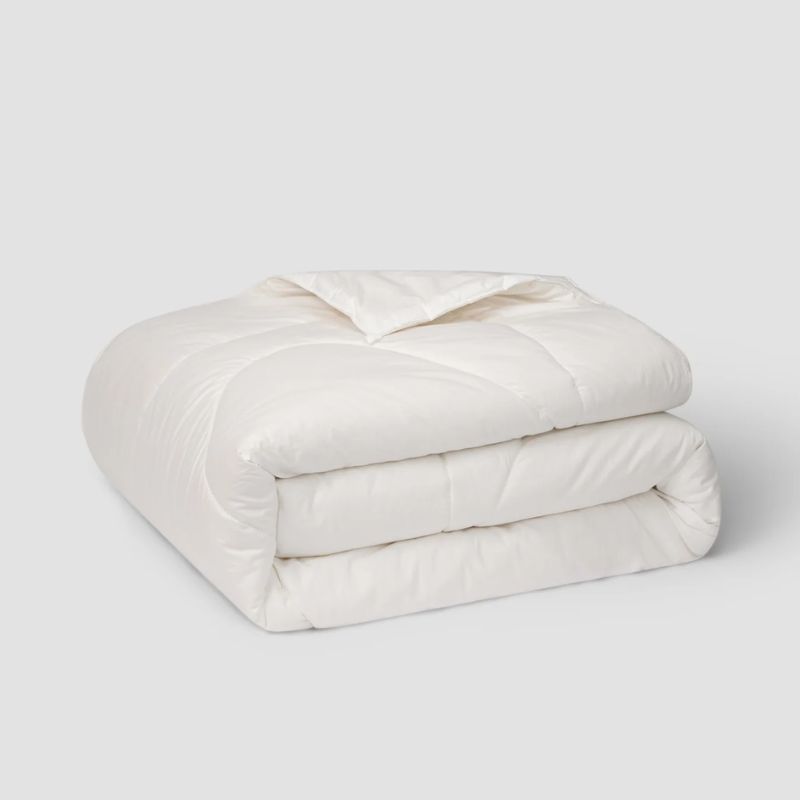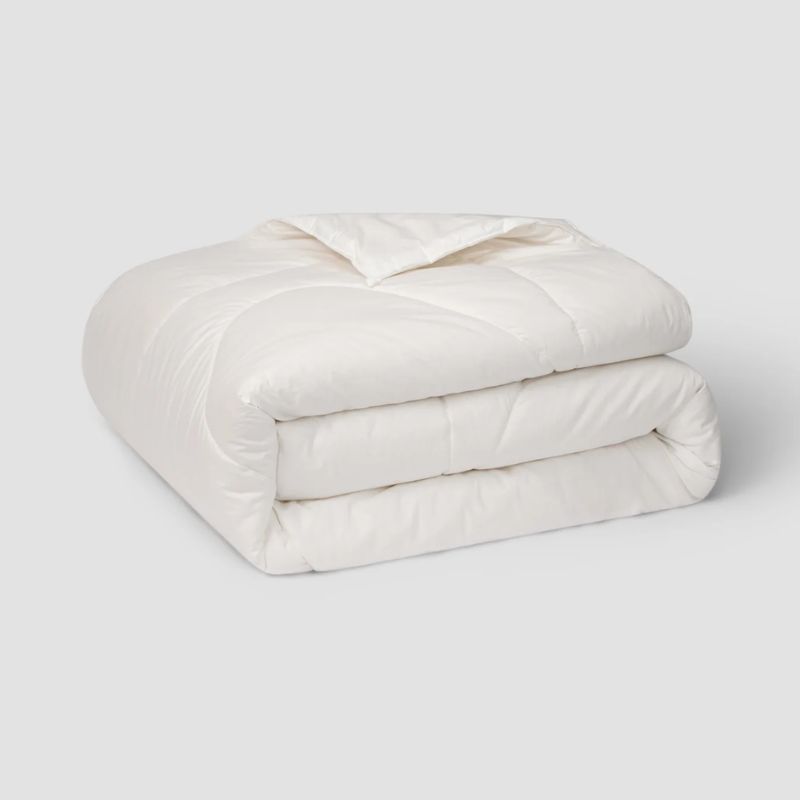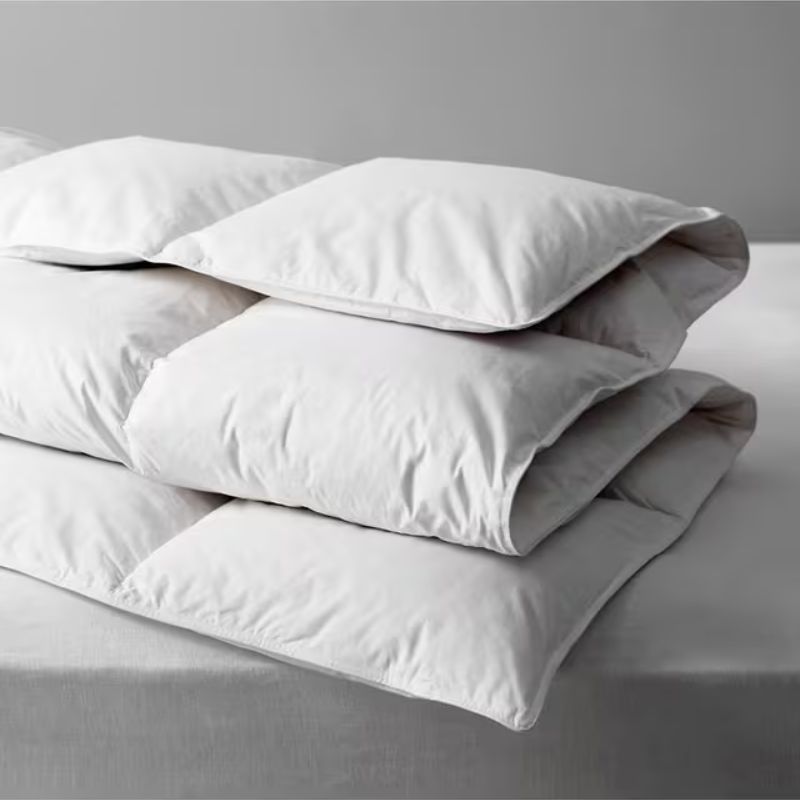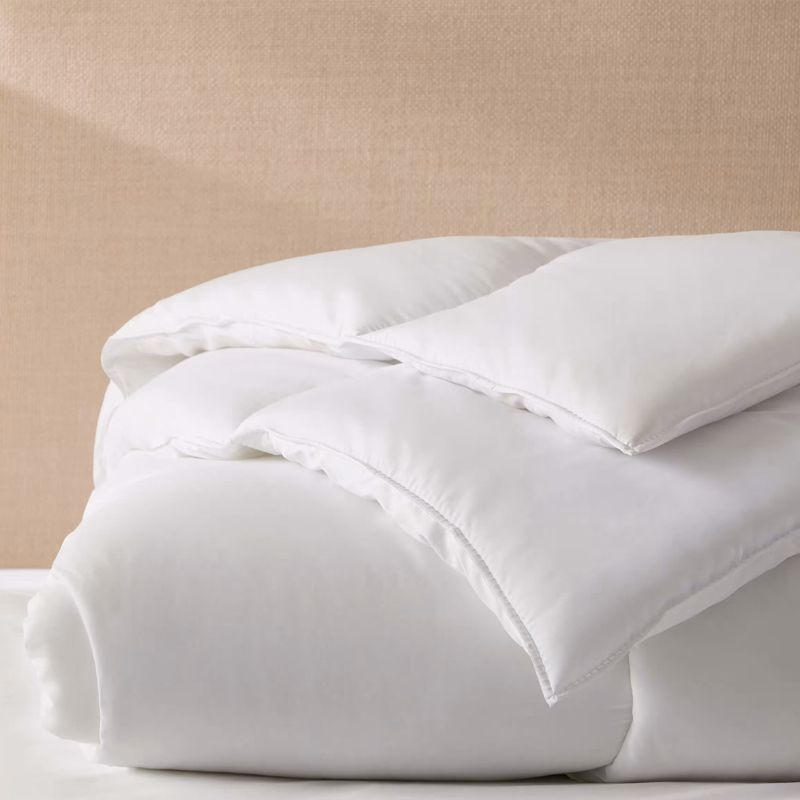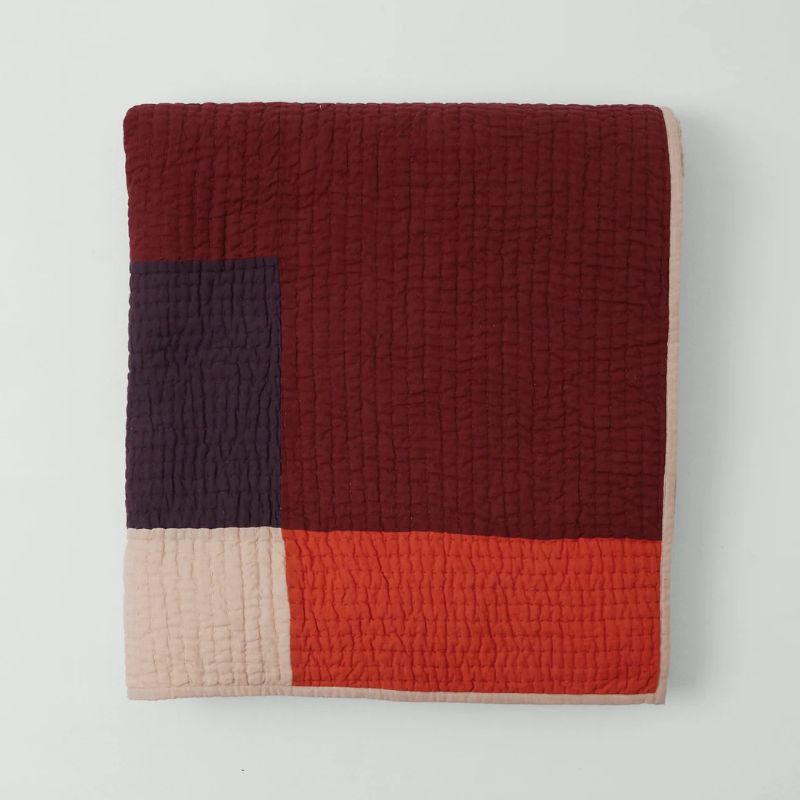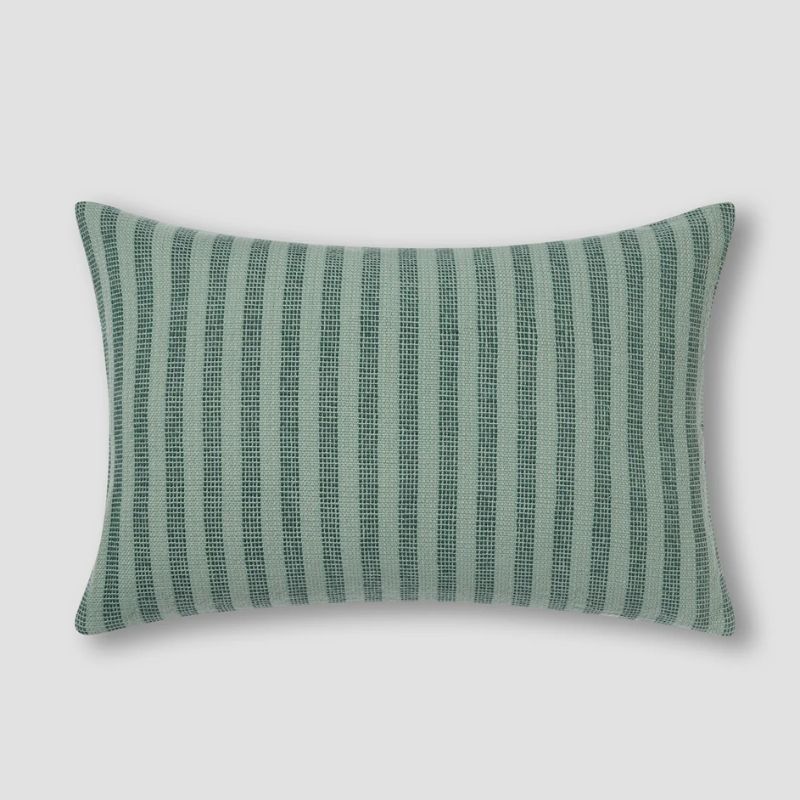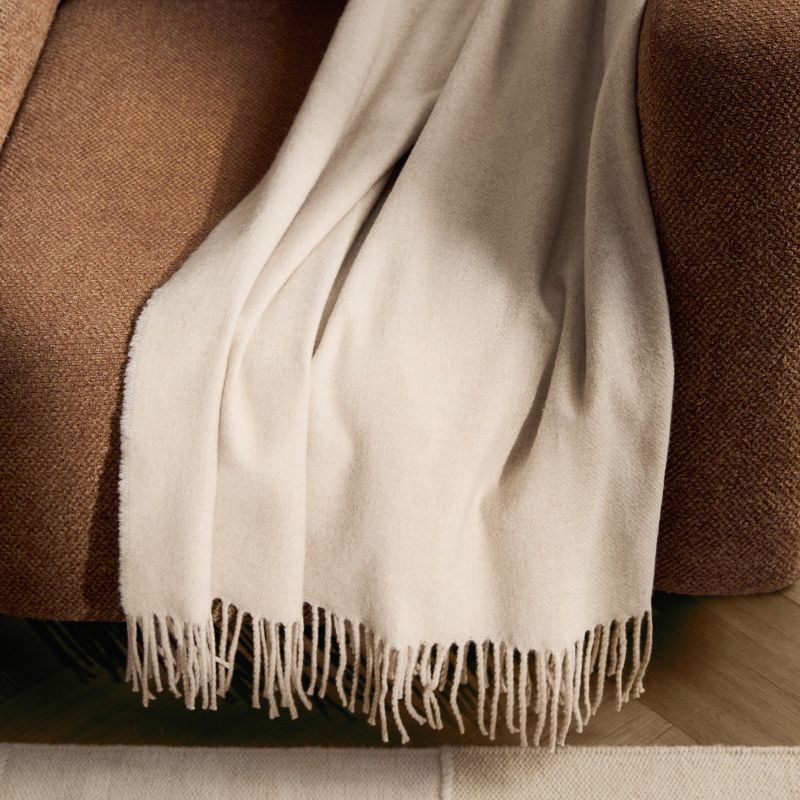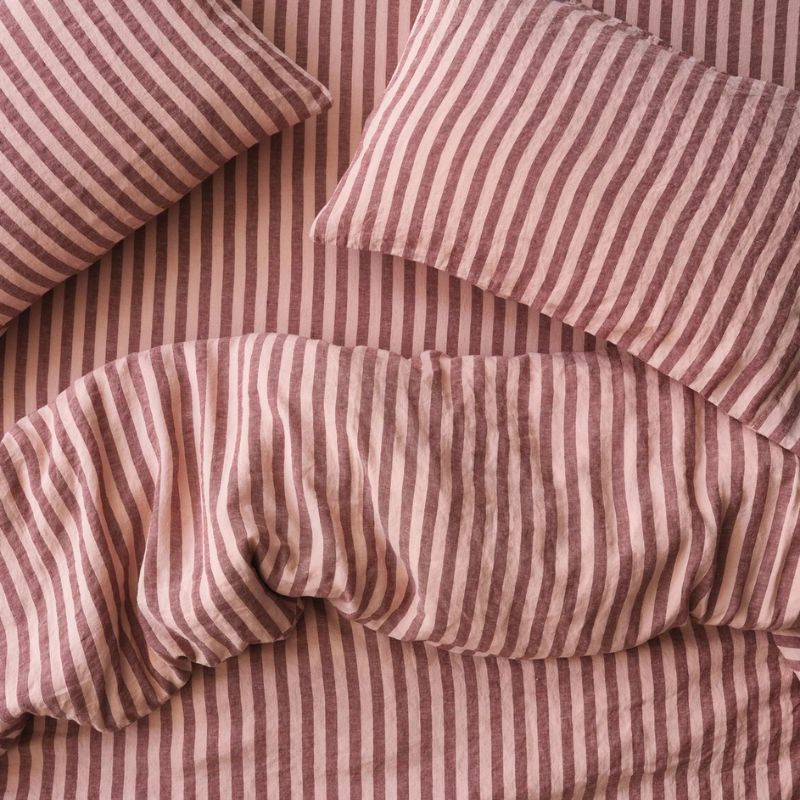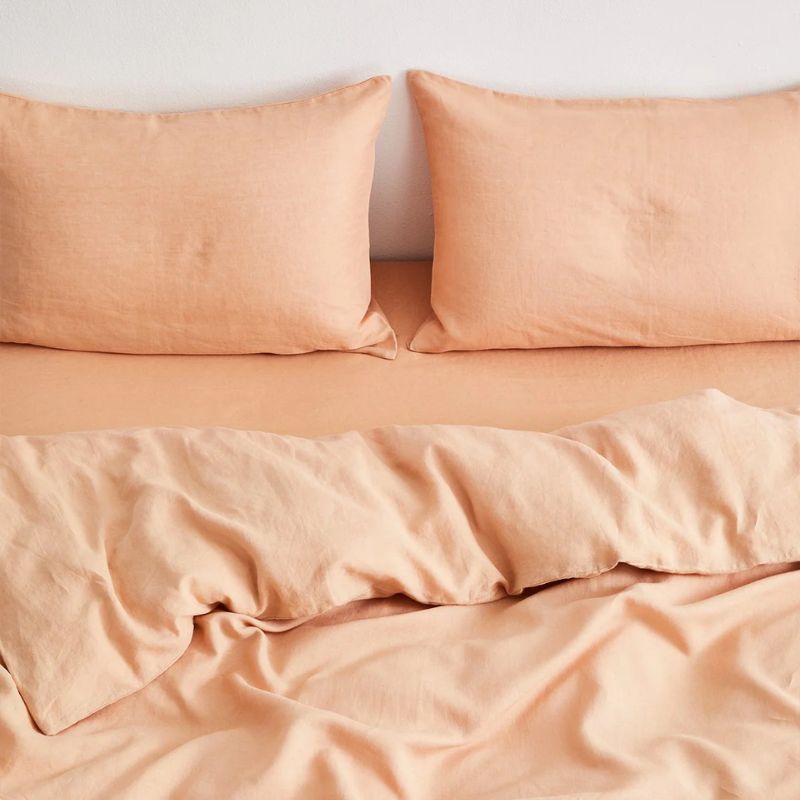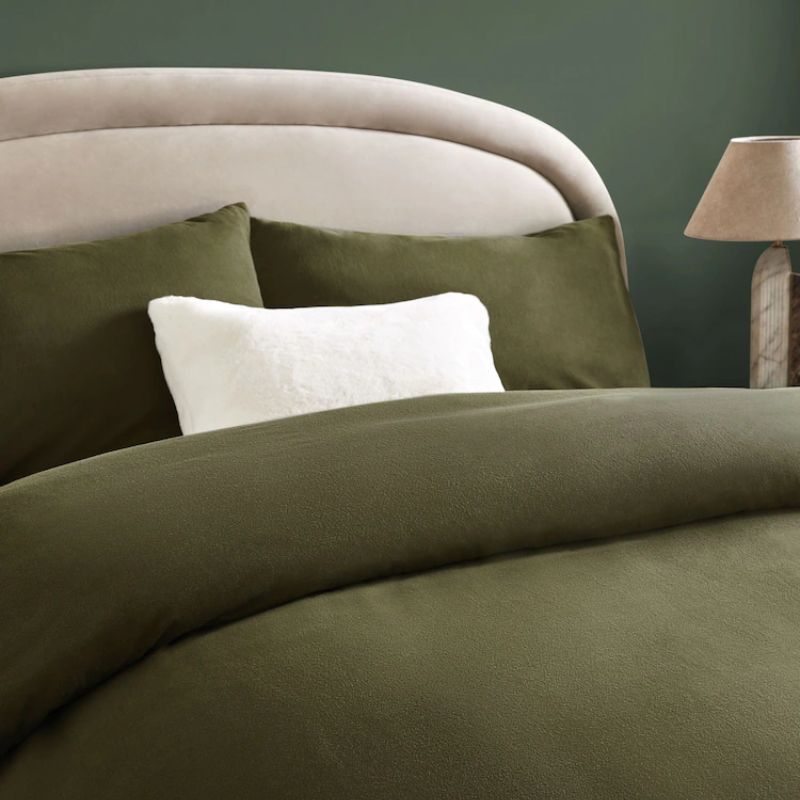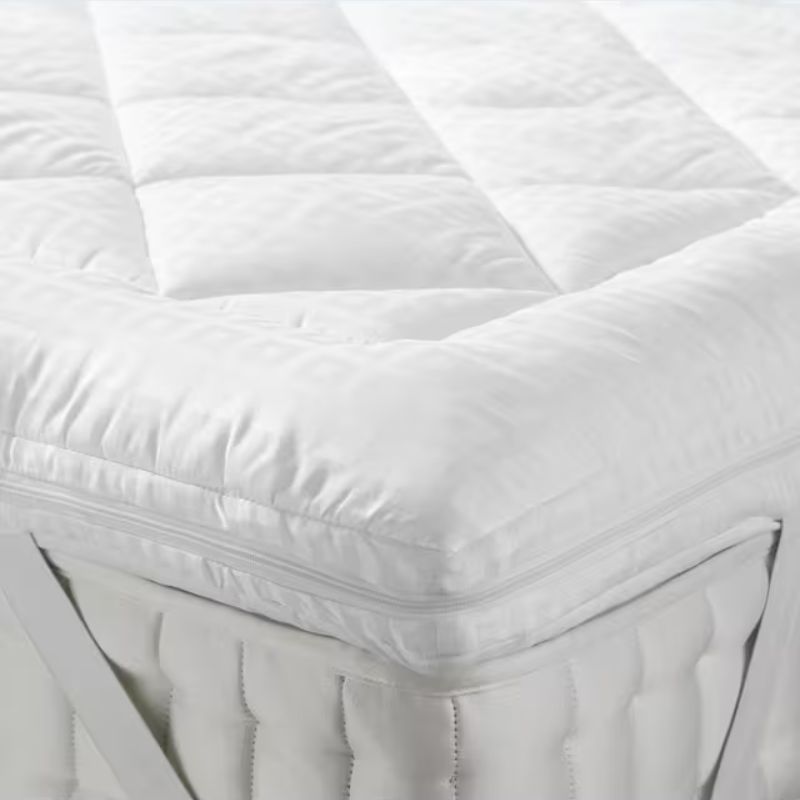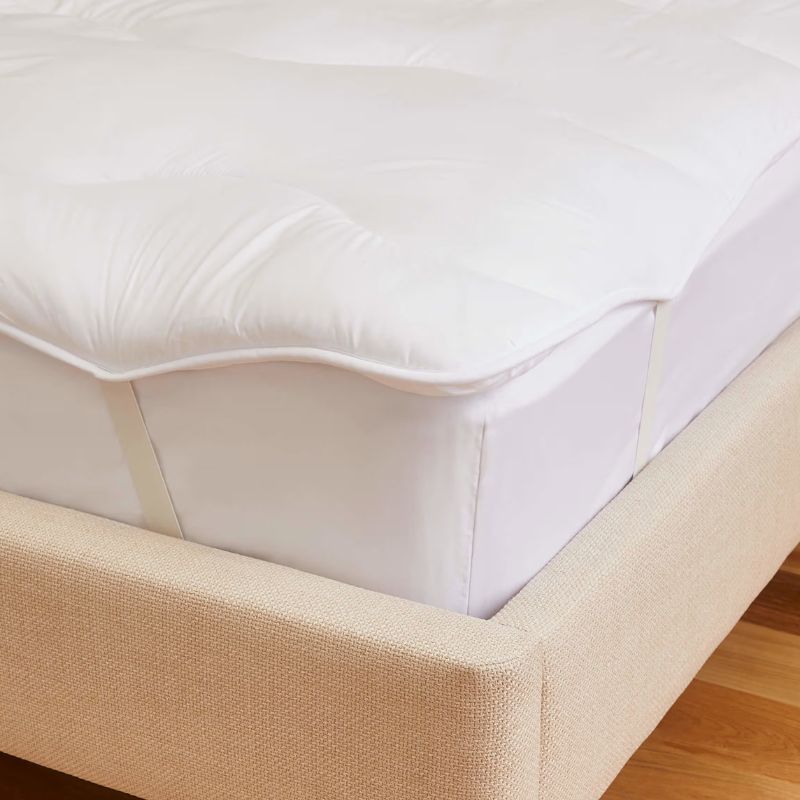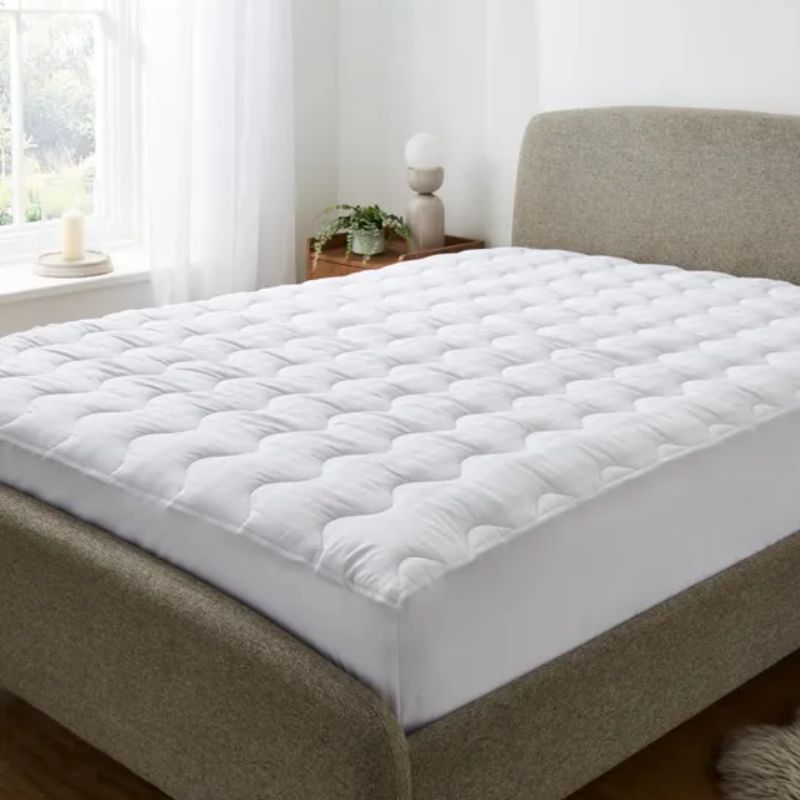5 Reasons Why Your Bedding Looks Flat, and The Simple Switches You Can Make for a Snuggly Bed You Won't Ever Want to Leave
From choosing the right duvet size to layering textiles, these are the expert tricks you need to know about for a sumptuous bed setup
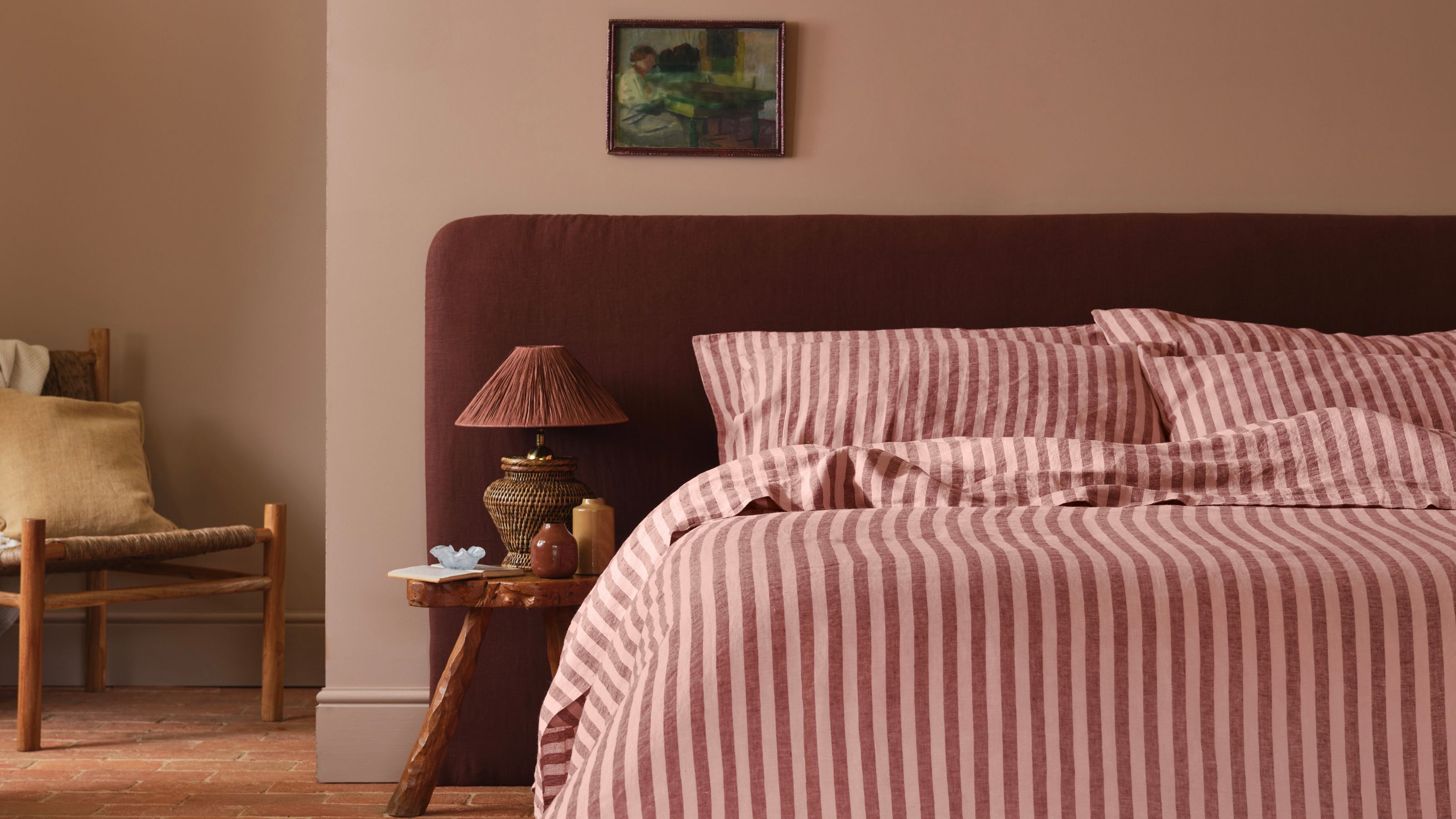

A plush and inviting bed is desirable year-round, but especially during the winter months, as cozy, dark evenings set in. And while a sumptuous bed is always the goal, it's not always so easy to achieve, and there are many reasons why your bedding may look flat.
Thankfully, a few simple tweaks will soon have your bedding elevated to hotel-standard. It's about knowing where to buy bedding to how to layer different textiles. “There’s something so inviting about a bed that looks truly lived-in — soft, rumpled linen that hints at slow mornings and unhurried routines," says Jessica Hanley, founder and CEO at popular bedding brand, Piglet in Bed.
"Achieving that effortlessly cozy look isn’t about perfection, but about texture, balance, and a few little tricks that bring that gentle ease to a bedroom," says Jessica. Here's where you might be going wrong, and how to fix it.
1. You're Using the Wrong-Sized Duvet
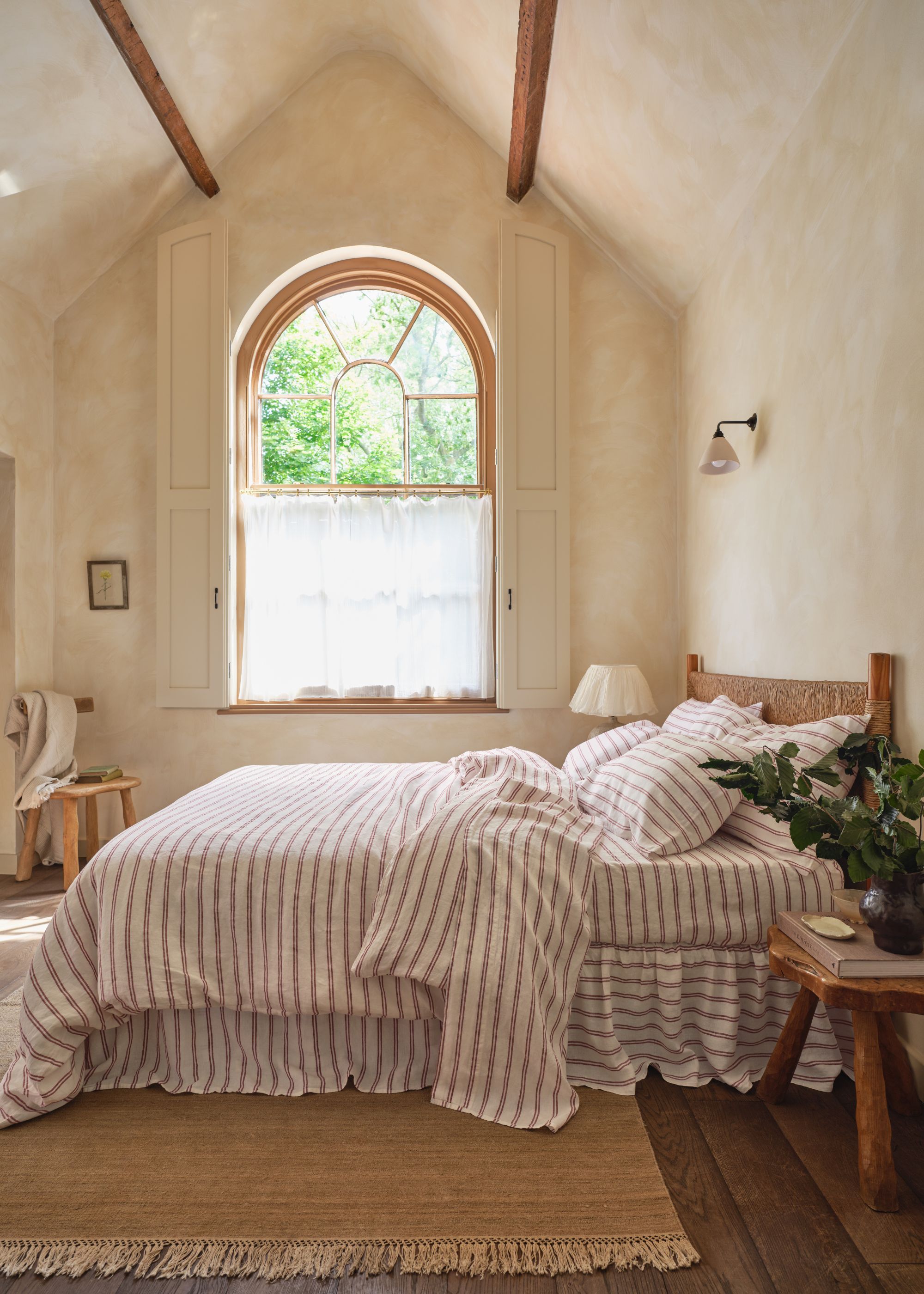
INSTEAD: Choose a duvet that's a size up from your actual bed size. This will create a relaxed, fuller look as the fabric drapes over the sides.
Small duvets are a common bed-making mistake that can make your bed look flat. "A duvet that only just covers the edges of the mattress can make the whole bed look a little flat and skimpy — not quite the full, enveloping look we all love," says Jessica Hanley of Piglet in Bed.
To fix this, opt for an oversized duvet for your bedding, which allows excess fabric to drape over the edges. "Try using a king-size duvet on a double bed," Jessica advises. "It instantly gives your bed that generous, cloud-like drape — no tugging over who gets the covers, and a lovely, cocooned feeling when you climb in. It also creates those soft, natural folds and overhang that make a bed look beautifully relaxed."
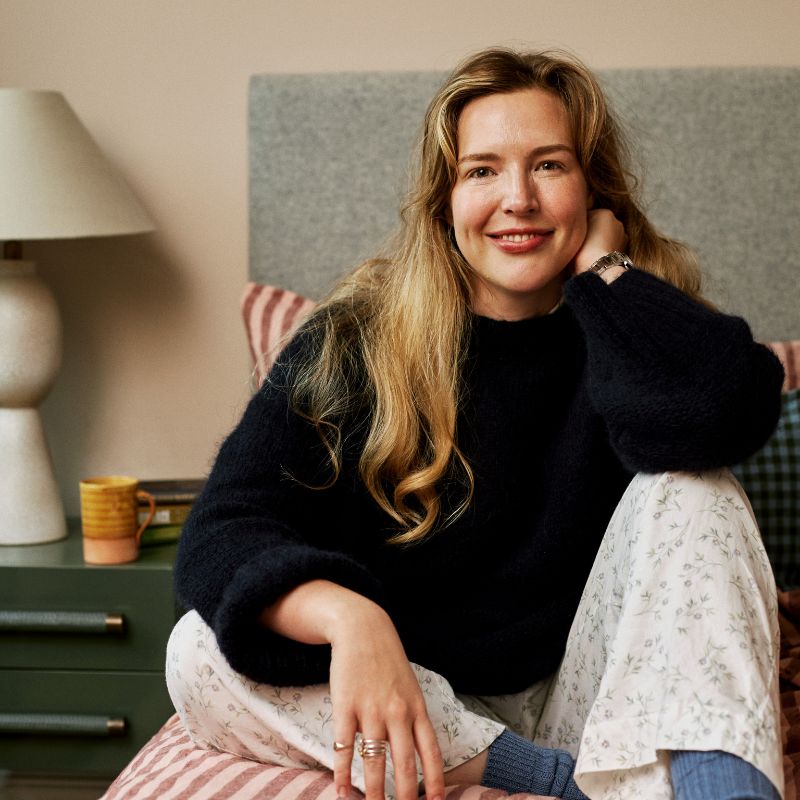
Jessica launched Piglet in Bed in 2017 from her mother's garden shed in rural West Sussex, with her fingers crossed that she wasn’t alone in looking for high-quality basics for her home that are as cozy as they are beautiful. Starting small with linen duvet covers and pillowcases in a few calming colors, the brand has since grown to include much more bedding (including sustainably-sourced cotton), sleepwear, table linens, gifts, and other natural homewares. Guided by its slogan, Made for Living, Piglet in Bed empowers its community to create spaces that reflect their own style.
2. Your Duvet Fill is Too Thin, and Your TOG is Too Low
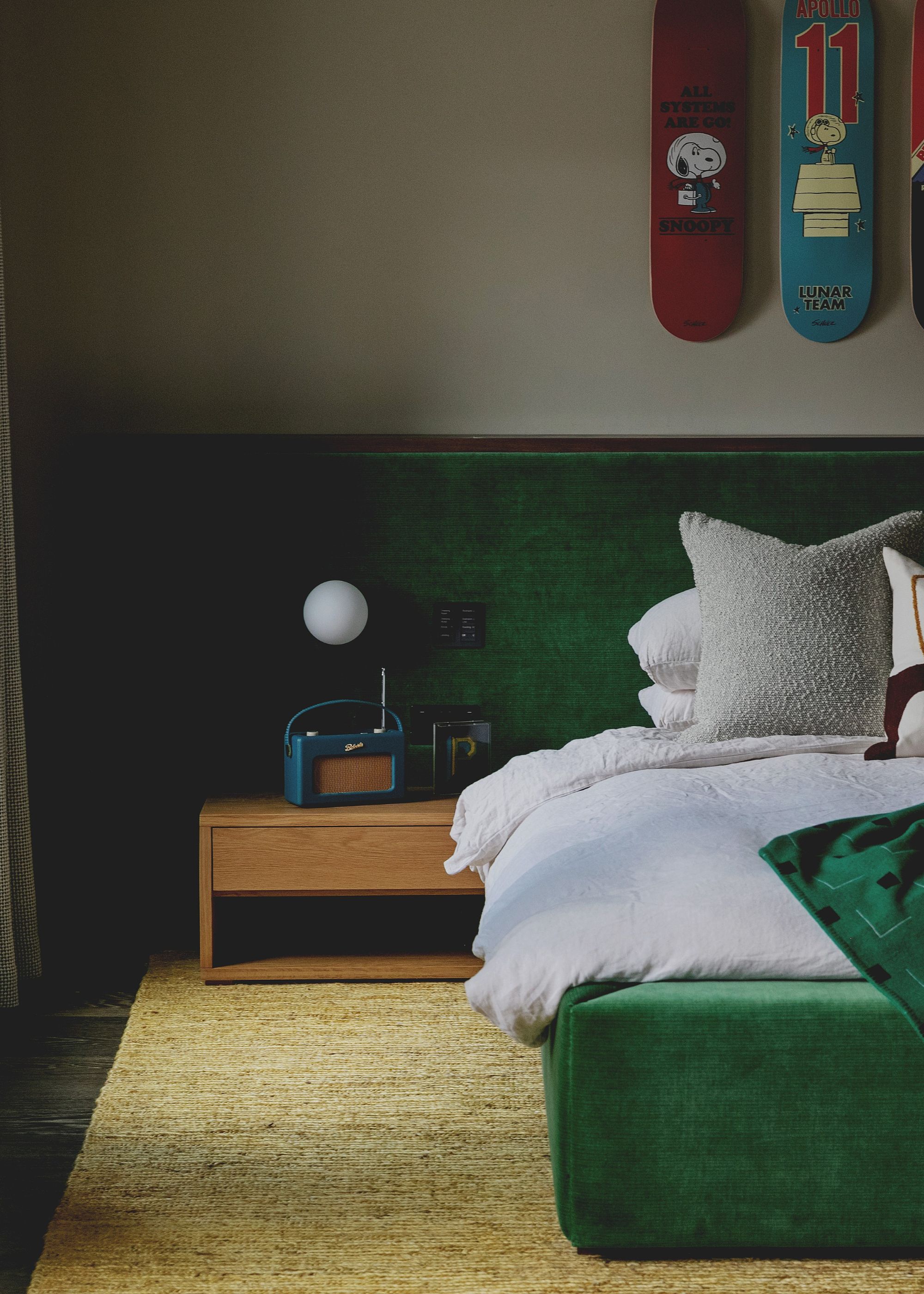
INSTEAD: Make sure to choose a duvet made from fabric that gives a full look, such as wool or down.
Not only is it important to choose a generously sized duvet, but you also need to consider the TOG level and the material it is made from to ensure a plump-looking bed.
"A very light fill can leave your bedding feeling a bit limp, especially in cooler months," says Jessica Hanley. "Choose a natural fill like merino wool or responsibly-sourced down; they hold their loft beautifully and feel super plump."
The Livingetc newsletters are your inside source for what’s shaping interiors now - and what’s next. Discover trend forecasts, smart style ideas, and curated shopping inspiration that brings design to life. Subscribe today and stay ahead of the curve.
"Down or high-quality microfiber alternatives are great choices because they trap air and naturally puff up, giving that soft look," adds Claire Hester, product director at Christy.
"For year-round comfort and a plump appearance, I usually recommend around 10.5 TOG," she adds. "It’s the perfect middle ground, not too thick, but full enough to give your bed that lofty finish."

Claire Hester is the Product Director at Christy, with extensive experience spanning several significant roles in the fashion and lifestyle industry. Claire leads the product innovations and collaborations with guest designers, and is always on hand to bring fresh and new perspectives to the brand's product range.
3. You're Not Layering Enough Cozy Textiles
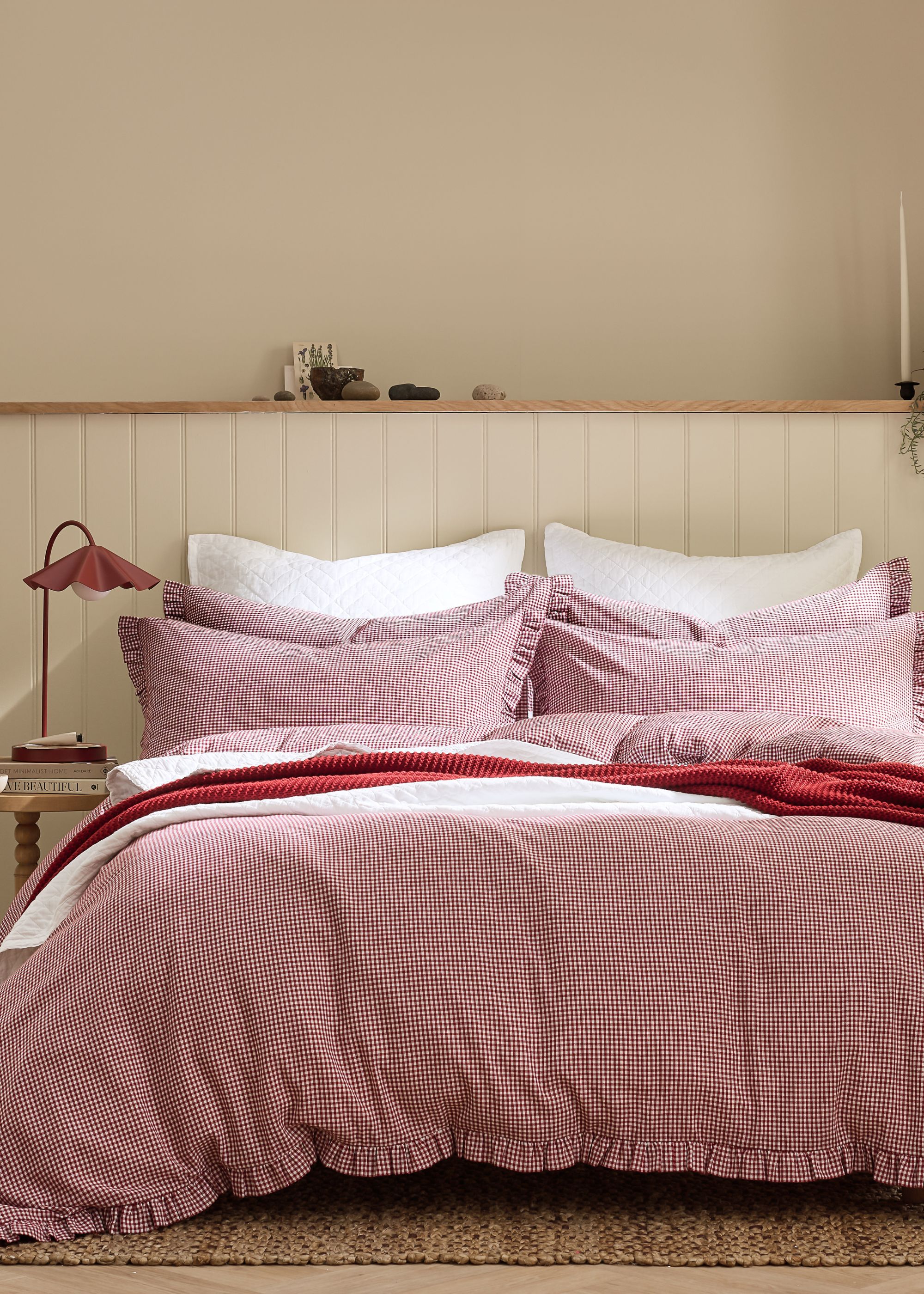
INSTEAD: Beyond a duvet cover and pillows, layers like wool blankets and accent cushions add tactile interest and create a more interesting look.
Once you've chosen the right duvet for your bed, one that's well-sized and made from fabrics that offer a fuller look, styling your bed with the latest bedding trends can add volume and interest.
"Flatness can often come from simplicity, but not the right kind," says Jessican. "A single duvet and two pillows can look a little bare, even in the calmest of spaces."
The fix is simple: layer various textiles and don't forget to mix and match different types of bedding for a tactile finish. "Think cushions, a bedspread, or a textured throw folded at the end of the bed," says Claire Hester. "Mixing fabrics, such as pairing crisp cotton with velvet or chunky knits, adds depth."
"I love using chunky blankets made from more voluminous textures such as bouclé, wool, mohair, or a sumptuous velvet," adds interior designer Jenny Luck. "I also love folding back the top section of the duvet, which creates an inviting feel, and stacking plump cushions and bolsters in front."
4. You're Playing It Too Safe With Color
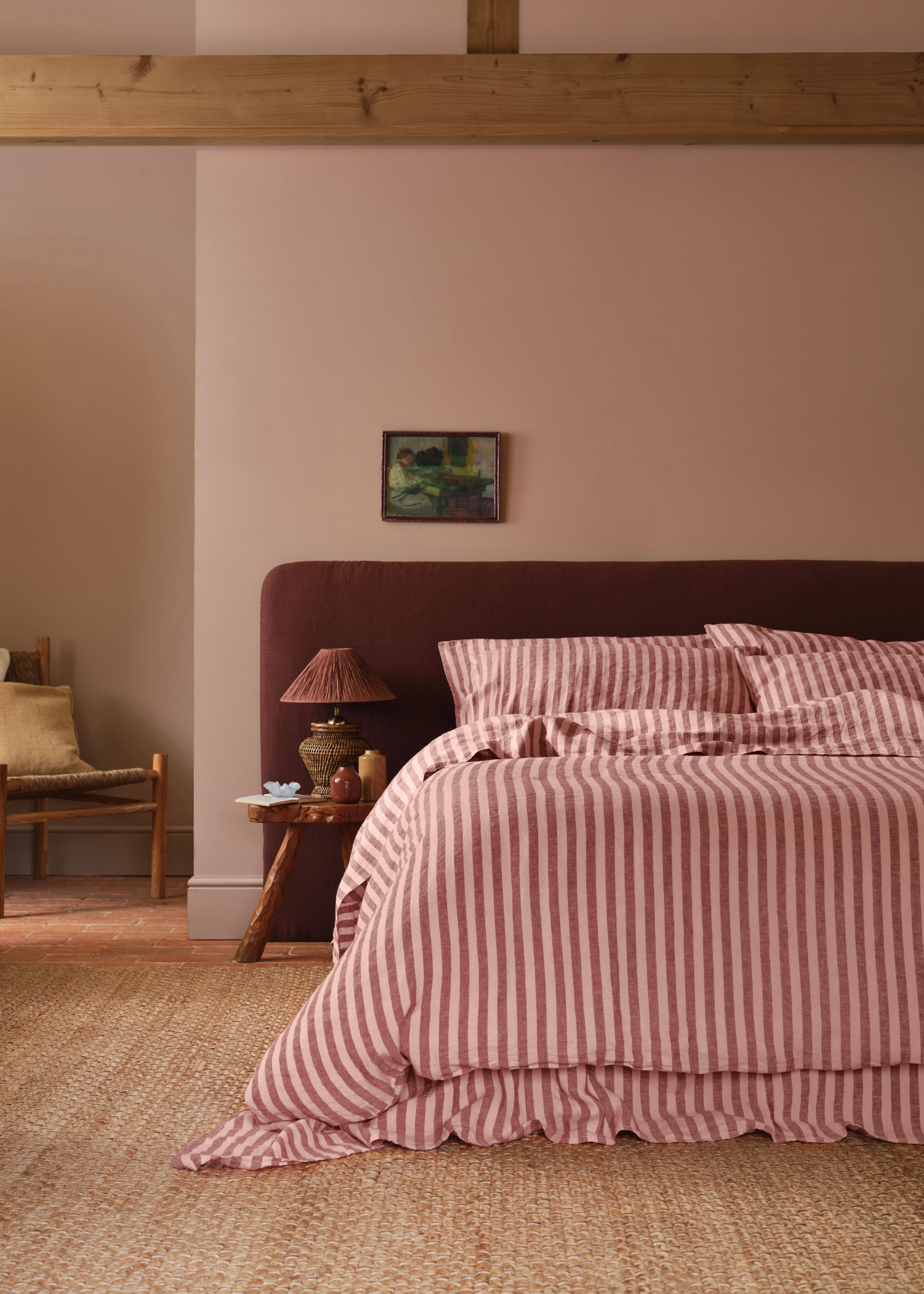
INSTEAD: Swap plain white bedding for more colorful options to create a voluminous look. For a bolder look, incorporate stylish patterns, too.
When choosing textiles to layer on your bed, don't shy away from color. According to experts, a lack of color can be a contributing factor to why your bedding looks flat. "Using just one flat color across your bedding can make it look a little lifeless," says Claire Hester.
"Introducing contrast, like pink sheets with a white duvet cover, or layering soft neutrals with rich accents, adds dimension, which tricks the eye into seeing more volume," Claire adds. If you're new to playing with color, it's worth leaning on the most popular bedding color combinations.
Decorating with the latest pattern trends will also have a similar effect, creating a layered look that keeps the whole bed setup visually interesting.
5. You're Forgetting a Mattress Topper
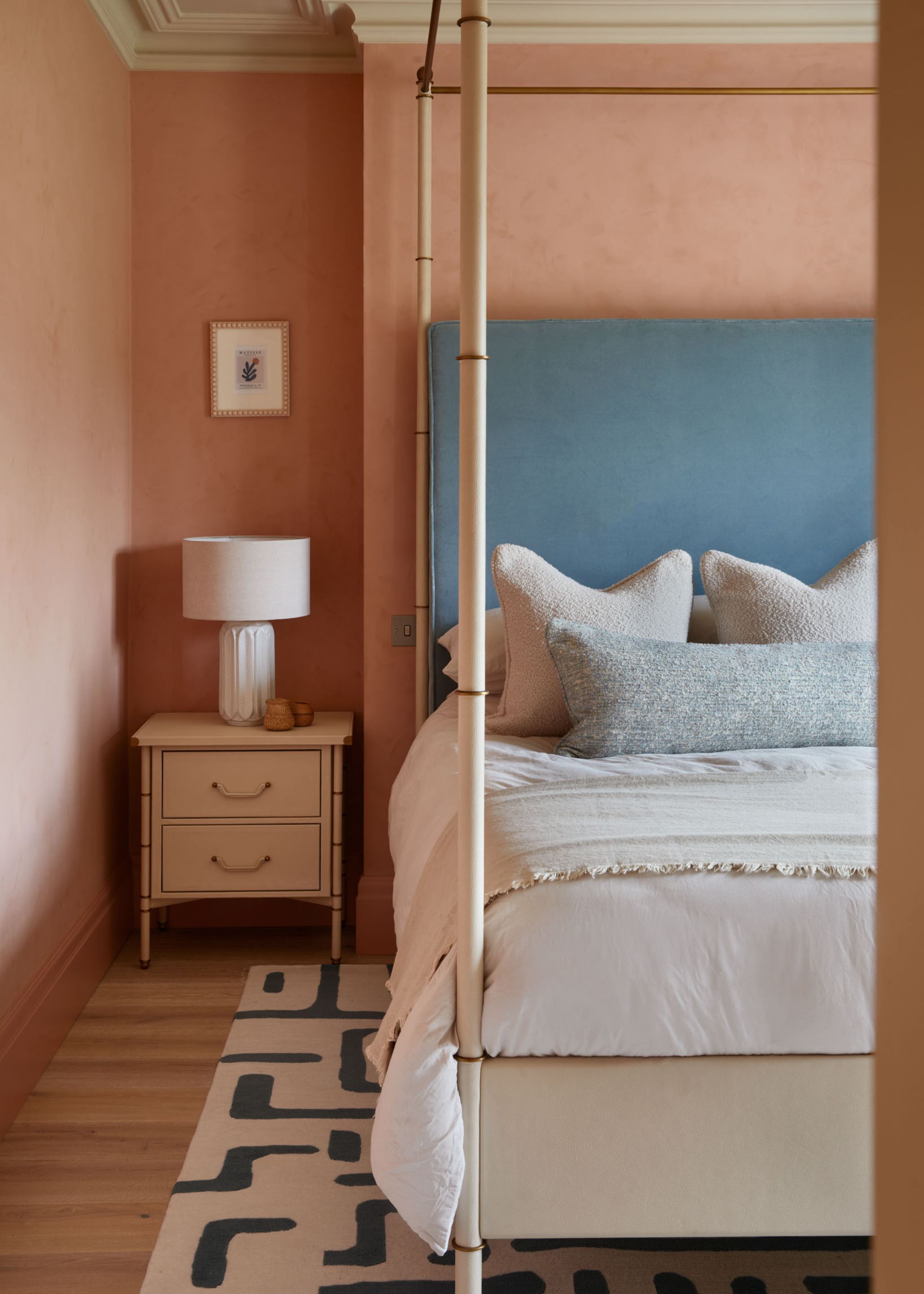
INSTEAD: Add more height to your bed setup with a mattress topper. This can be a great way to elevate the look, complete with well-chosen bedding and layered accents.
It pays to think beyond the bedding itself when creating a plush setup, and elevate it with a mattress topper. "A mattress topper is my non-negotiable, bringing that 'sleeping on a cloud' comfort," says interior designer Samantha Watkins McRae.
"From there, I like to layer a flat sheet, a top sheet, and a duvet cover as the foundation," she continues. "For a relaxed and layered look, add four Oxford pillows, two decorative cushions, and a long bolster across the front. The varied heights create a sense of volume and softness.”
Choosing the right duvet is the first step to creating a plush bed that is anything but flat, while adding color and layered accents helps elevate it. You can also learn how to make bedding fluffy to keep your setup looking fresh and inviting each day.
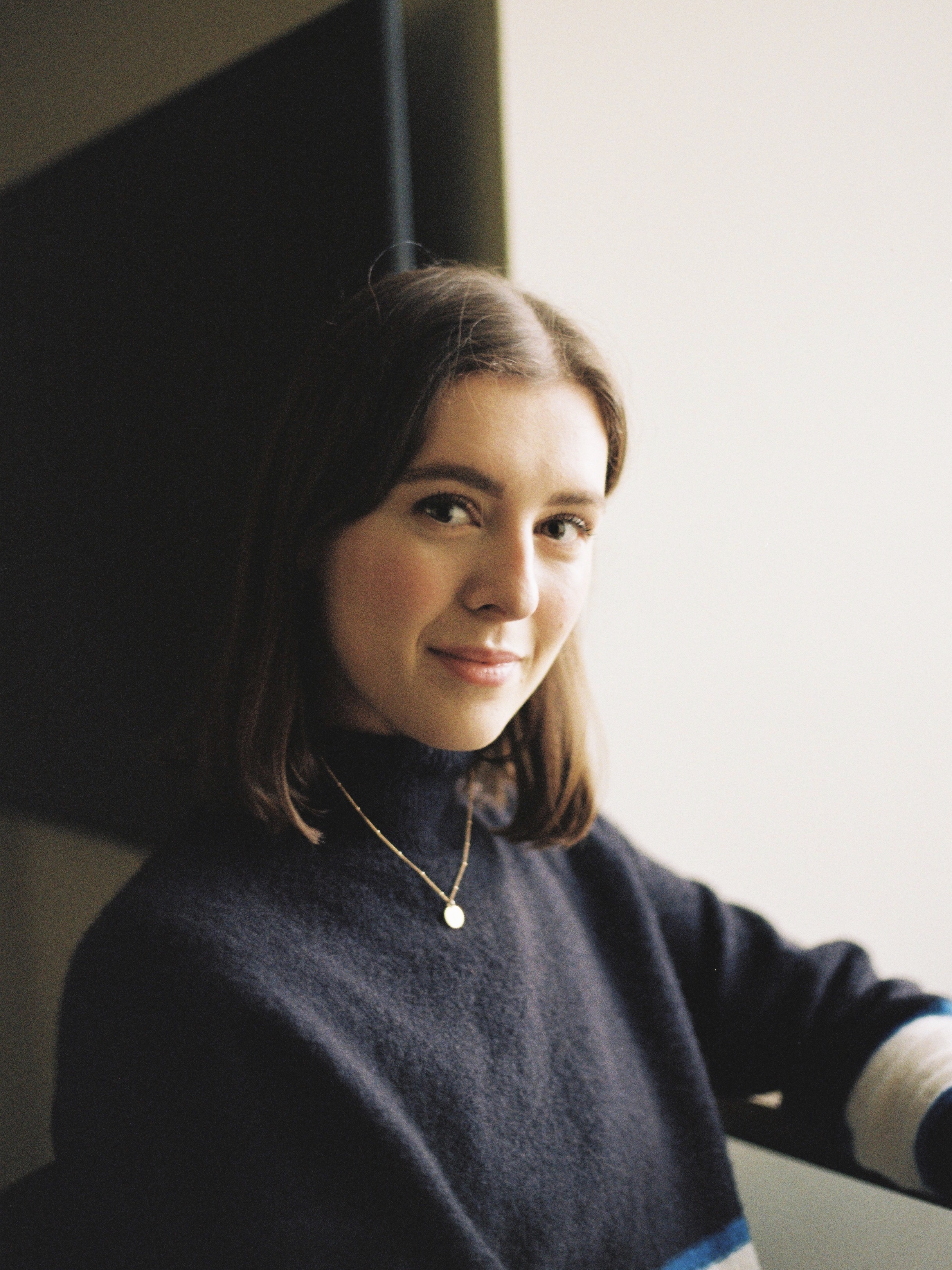
Emily is a freelance interior design writer based in Scotland. Prior to going freelance in the spring of 2025, Emily was Homes & Gardens’ paint and color editor, covering all things color across interiors and home decor for the Homes & Gardens website. Having gained specific expertise in this area, Emily is well-versed in writing about the latest color trends and is passionate about helping homeowners understand the importance of color psychology in home design. Her own interior design style reflects the simplicity of mid-century design and she loves sourcing vintage furniture finds for her tenement flat.
